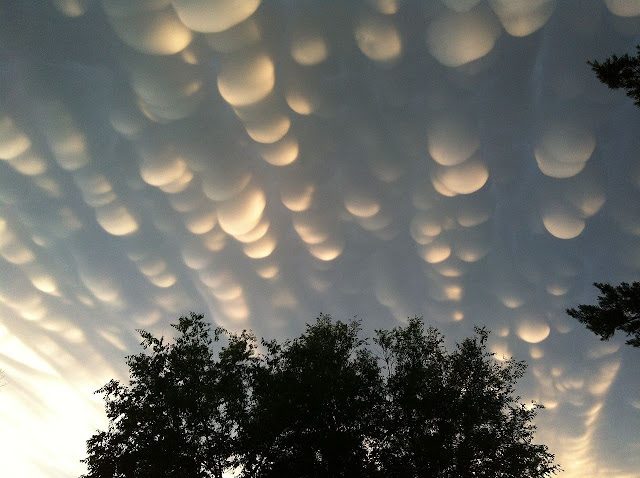Building a base on the Moon could theoretically be made much simpler by using a 3D printer to construct it from local materials.
The concept was recently endorsed by the European Space Agency (ESA) which is now collaborating with architects to gauge the feasibility of 3D printing using lunar soil.
“Terrestrial 3D printing technology has produced entire structures,” explained Laurent Pambaguian, heading the project for ESA. “Our industrial team investigated if it could similarly be employed to build a lunar habitat.”
According to Pambaguian, ESA’s partners have devised a weight-bearing “catenary” dome design with a cellular structured wall to help shield against micrometeoroids and space radiation – incorporating a pressurized inflatable to shelter astronauts.
Meanwhile, a hollow closed-cell structure – somewhat reminiscent of bird bones – provides a combination of strength and weight. The base’s design was guided in turn by the properties of 3D-printed lunar soil, with a 1.5 ton building block produced as a demonstration.
“3D printing offers a potential means of facilitating lunar settlement with reduced logistics from Earth,” said Scott Hovland of ESA’s human spaceflight team. “The new possibilities this work opens up can then be considered by international space agencies as part of the current development of a common exploration strategy.”
Essentially, 3D “printouts” are built up layer by layer. A mobile printing array of nozzles on a 6 m frame sprays a binding solution onto a sand-like building material. First, the simulated lunar material is mixed with magnesium oxide to turn it into ‘paper’ to print with. Then for the structural ‘ink’ a binding salt is applied to convert the material to a stone-like solid.
Current 3D printers build at a rate of around 2 m per hour, while next-gen designs should attain 3.5 m per hour, completing an entire building in a week.
Images Credit: ESA/Foster + Partners
Explanation from: http://lunarscience.nasa.gov/articles/building-a-lunar-base-with-3d-printing/







